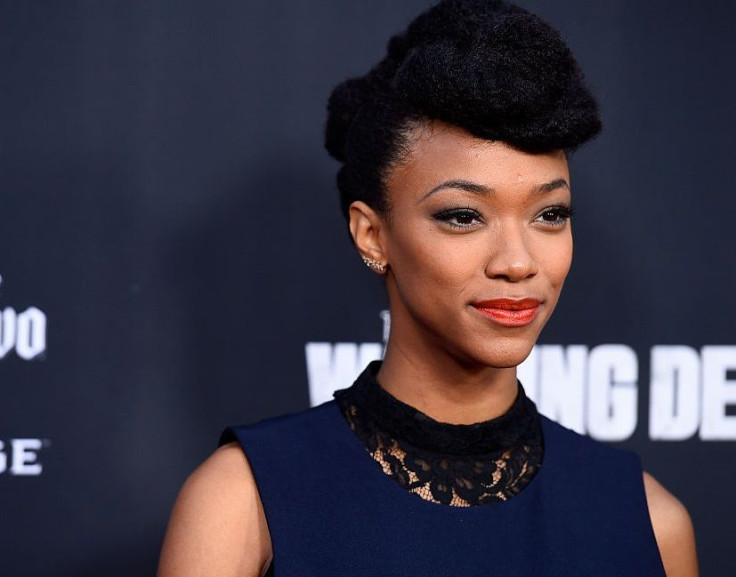Hey, Good Looking: What Men Find Most Appealing About A Woman’s Pretty Face

Although women may try to adorn themselves with eye-catching makeup and jewelry, a recent study finds this may not be what men desire. For the study, published online in the Royal Society Open Science, researchers asked men on the street their opinion of random women’s faces, and found a significant preference for sparse, simpler faces — a trait the team believes may be related to our brain’s tendency to gravitate toward simple stimuli.
For the study, led by Dr. Julien Renoult from the National Center for Scientific Research in Paris, the research team wanted to better understand which traits men looked for when judging attractiveness in a woman’s face. Between 2010 and 2011, they used advertisements and social media throughout France to recruit 168 white women between the ages of 18 and 26. The women’s faces were photographed and edited to make the heads the same size. The background of the photos were also made black, and the women’s hair and necks were blurred.
The team then scouted 169 white men from various public locations in Montpellier, France to evaluate the women’s faces. The volunteers were seated in a chair and asked to use a cursor to rate the level of attractiveness for each woman, with 0 indicating the least attraction and 20 being the highest. In a second experiment, researchers created a computer program to randomly display the images in pairs to 156 men. For each pair, the men were asked to choose the face they found more attractive.
Using the information it gathered from both experiments, the team created an algorithm to filter out the facial traits that men found most attractive. The algorithm specifically looked for a trait known as “sparseness” in its evaluation of beauty, and found a strong association between the two.
“A sparse face is a face that is efficiently encoded in the brain — that is, using only a few neurons. In other words, they are easy to process in the brain,” Renoult told Medical Daily. “Sparse faces typically are simple, with a smooth skin texture, few wrinkles, and smooth contour lines.”
Results revealed time and again that men considered simpler faces to be more attractive. Renoult and his team believe this preference for simplicity applies to more than just our perceptions of beauty. They said it may result from the human brain’s propensity to prefer stimuli that’s easy and quick to process, just like it does with landscapes and simple abstract geometric forms.
The study may also challenge our current understanding of human attraction. Today, most evolutionary scientists propose that our idea of beauty, and who we ultimately choose as a partner, is influenced by who we believe holds the best qualities to pass down — supporting natural selection. For example, symmetrical faces can be a sign of stable development and smooth, youthful faces are a sign of fertility. But according to Charles Darwin, creator of the theory of evolution, the idea of beauty is not a concept that evolved through natural selection; rather it exists for purely aesthetic reasons. And it’s in this line of thinking where Renoult’s research falls.
“Here we show that, in addition [to factors influenced by natural selection] our preferences are driven by purely sensory mechanisms, those that neuroscientists have already linked to the aesthetic experience.”
Renoult said his work could help to highlight the need for a better understanding of why we perceive certain traits as beautiful, how this perception evolves, and the role it plays in sexual selection. “We found that sparseness can explain between 10 and 15 percent of variation in attractiveness, which makes room for many other biological, cultural, and individual factors that influence mate choice.”
Source: Renoult JP, Bovet J, Raymond M. Beauty is in the efficient coding of the beholder. Royal Society Open Science. 2016
Published by Medicaldaily.com



























